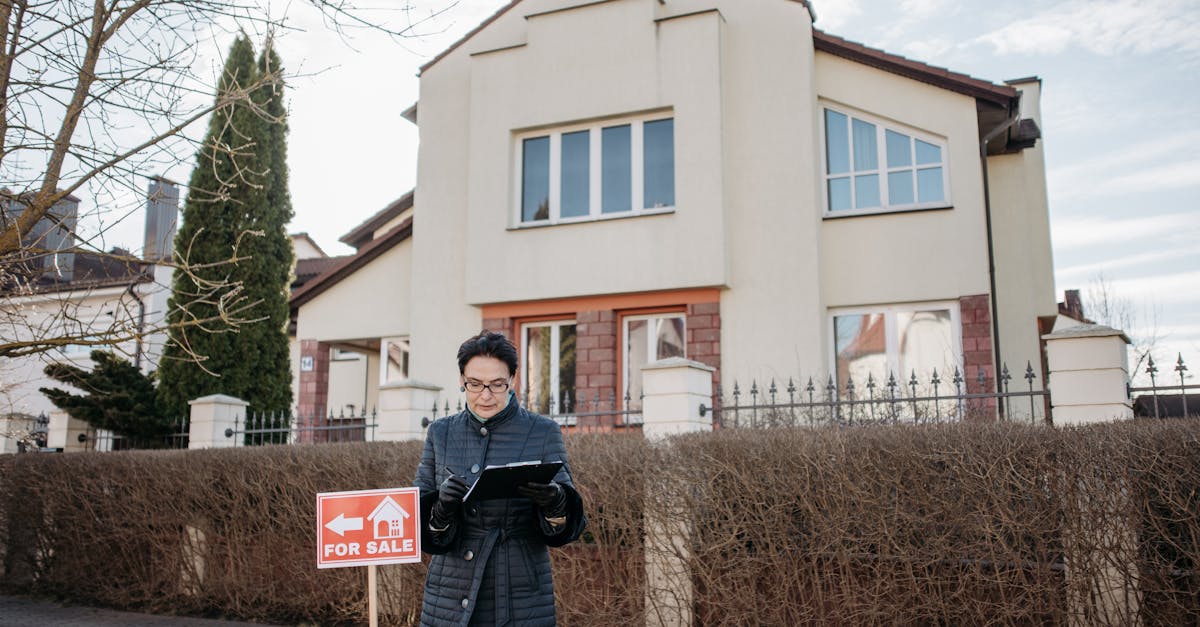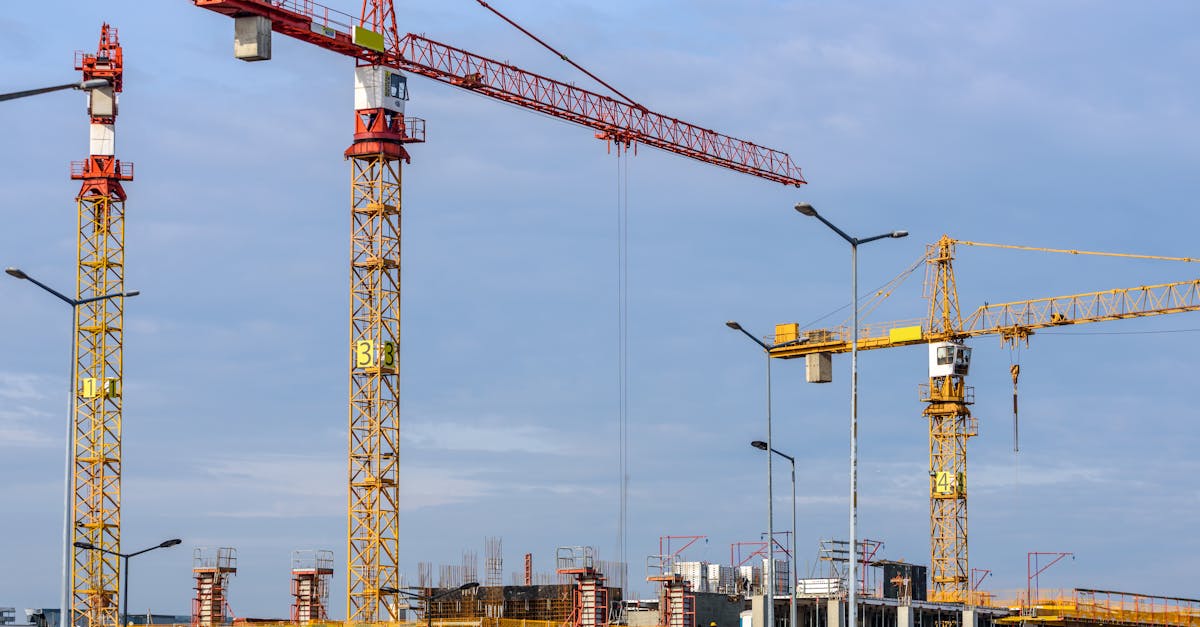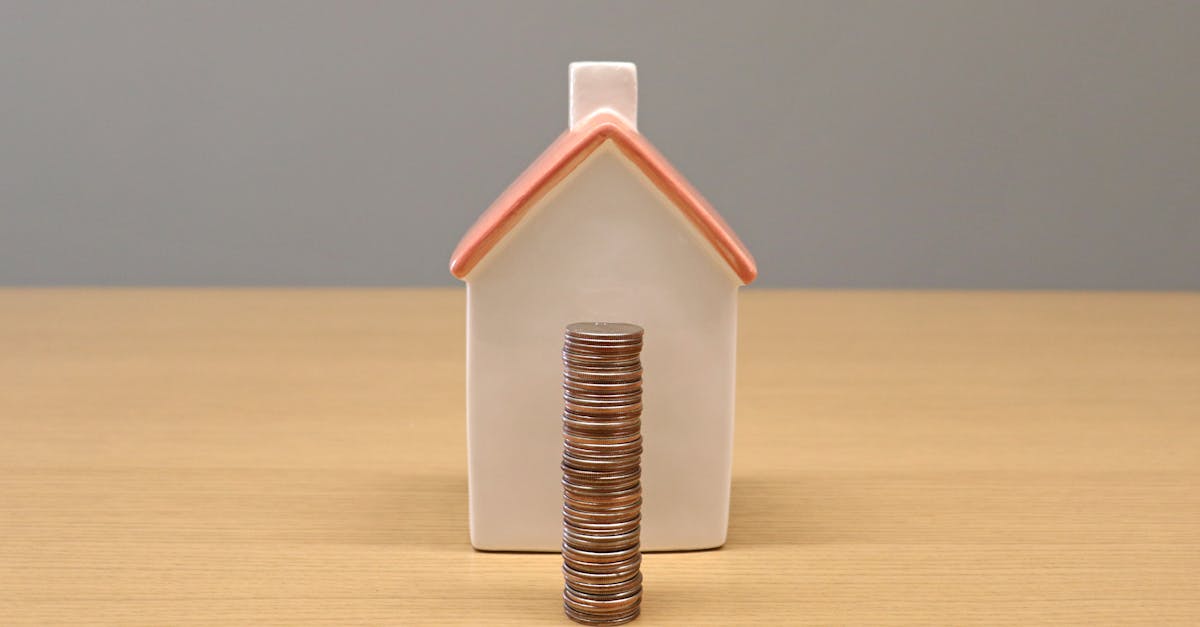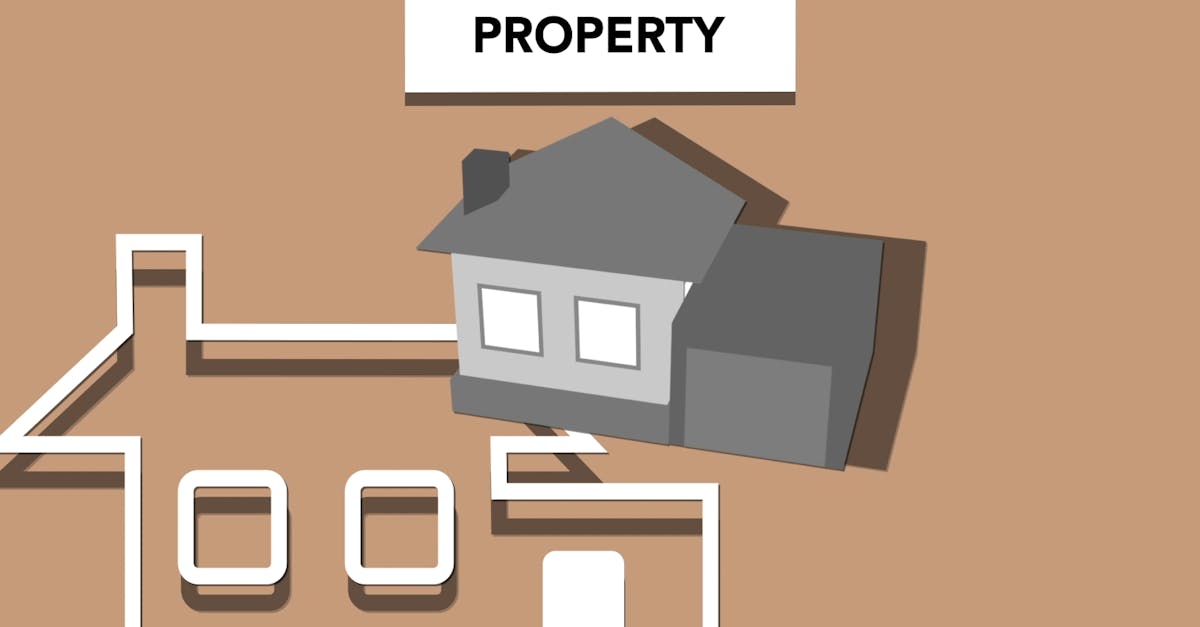How Interest Rates Affect The Housing Market
Introduction
Interest rates play a pivotal role in shaping the dynamics of the housing market. This relationship is crucial for homeowners, prospective buyers, and investors alike. When central banks adjust interest rates, the ripple effects can either stimulate or dampen demand in the housing sector. These rates determine the affordability of mortgages, influencing purchasing power and housing prices. Additionally, interest rates can impact on the broader economic landscape, affecting consumer confidence and spending. Understanding how these variables interplay offers valuable insights for anyone involved in real estate.
Advertisement
The Cost of Borrowing
Interest rates are directly linked to the cost of borrowing. When rates are low, borrowing becomes cheaper, making mortgages more affordable. This encourages more people to enter the housing market, either to buy their first home or upgrade to a larger property. Conversely, higher rates mean more expensive loans, deterring potential buyers due to increased monthly payments. This relationship is fundamental in understanding why the housing market often flourishes in low-interest environments and contracts when rates climb.

Photo By: Kaboompics.com/Pexels
Advertisement
Impact on Housing Demand
Low interest rates typically lead to a surge in housing demand. As borrowing becomes more affordable, more individuals qualify for mortgages, stimulating market activity. This increased demand often drives up housing prices as more buyers compete for limited properties. Additionally, homeowners are more likely to refinance existing mortgages to benefit from lower rates, further stimulating financial activity. However, when rates increase, the opposite occurs; demand wanes as buying power diminishes and fewer people can afford homes at elevated costs.
Advertisement
Influence on Property Prices
Property prices are notably sensitive to changes in interest rates. In a low-rate environment, escalating demand often results in bidding wars, pushing prices higher. Furthermore, developers become more inclined to invest in new projects, expanding the supply to meet demand. On the other hand, rising rates discourage both buyers and builders, leading to a cooling of the market and stabilization or even a decrease in property values. These shifts underscore the critical role of interest rates in determining real estate valuations.
Advertisement
Investor Behavior
Interest rates also significantly impact investor behavior in the housing market. Real estate investors closely monitor rate trends to make informed decisions. Low rates can result in increased investment activity as investors capitalize on higher potential returns, driven by increased property values and rental income. Conversely, rising rates can cause a reduction in investment as the cost of financing projects increases, and returns diminish. Thus, shifting interest rates affect investment strategies and real estate market speculations.
Advertisement
Consumer Confidence and Spending
Fluctuations in interest rates can alter consumer confidence, influencing spending decisions. Lower rates often result in heightened consumer confidence, encouraging spending on homes and renovations. This creates a positive economic cycle benefiting other industries related to housing, such as furniture and construction. Conversely, when rates rise, consumer confidence may falter, leading to reduced spending and a cautious approach towards large financing commitments, including home purchases.
Advertisement
Economic Growth Correlations
The housing market and broader economic health are inextricably linked. Lower interest rates can stimulate economic growth by encouraging borrowing and investment within the housing sector. This increased activity often leads to more job creation and income in associated industries. However, if rates rise too quickly, it could hinder economic growth by slowing the real estate market, leading to the cessation of new developments and potential job losses. Hence, interest rates serve as a balancing act, guiding economic momentum.
Advertisement
Regional Variations
While national trends offer a broad perspective, regional housing markets may react differently to interest rate changes. Local supply and demand, employment rates, and regional economic health influence how sensitive an area might be to interest rate fluctuations. For instance, rapidly growing cities might sustain demand despite higher rates due to continued influx and limited supply, whereas other regions may experience a pronounced slowdown. This regional disparity highlights the complexity of the housing market's relationship with interest rates.
Advertisement
Future Considerations
As economic conditions evolve, so does the role of interest rates in the housing market. Technological advancements, changing demographics, and global economic trends contribute to shifting dynamics. Policymakers must navigate these complexities to ensure that interest rate adjustments bolster economic stability while maintaining housing market health. Prospective buyers and investors must stay informed to adapt to these changes and seize opportunities as they arise.
Advertisement
Conclusion
Interest rates have a profound impact on the housing market, influencing demand, prices, and investment behavior. As rates fluctuate, the cost of borrowing changes, affecting consumer confidence and economic growth. Understanding these relationships is crucial for navigating the complex world of real estate. Staying attuned to economic indicators and regional distinctions allows for strategic decisions in a market shaped by ever-changing interest rates. Ultimately, grasping how interest rates affect the housing market equips individuals to make informed financial decisions.
Advertisement








